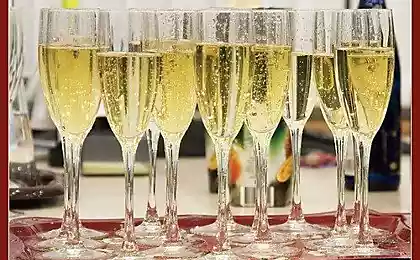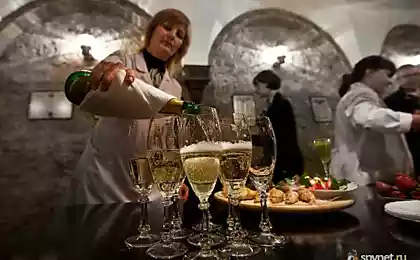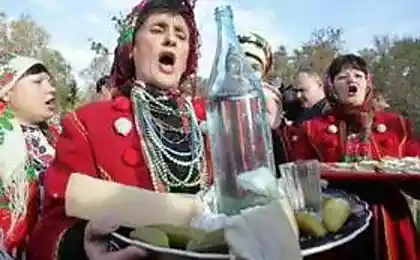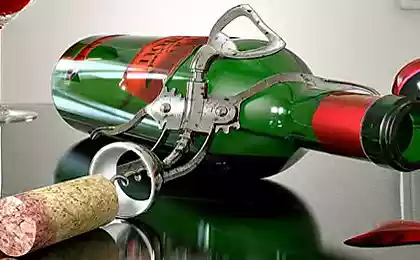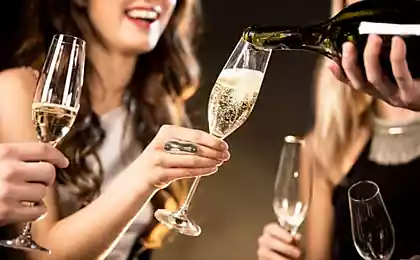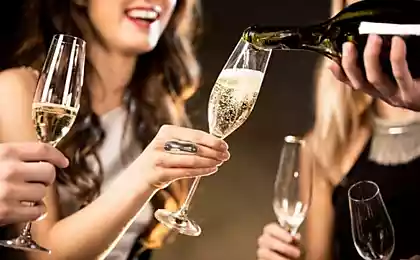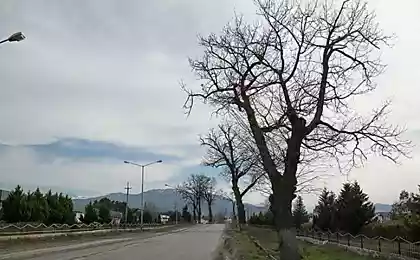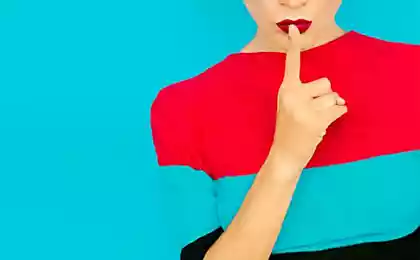202
The subtle difference between champagne, semi-sparkling and sparkling wine
Champagne has long been considered the noblest of all sparkling wines. First of all, this is due to its origin: true connoisseurs of the drink know that real champagne is produced in the Champagne region, located east of Paris. However, even famous connoisseurs are wrong to call all sparkling wines champagne.
The European Wine Act clearly distinguishes between sparkling wines. First of all, the key difference between semi-sparkling wines and sparkling wines is the pressure of carbon dioxide: in accordance with the European Union standards, it is from 1 to 2.5 atmospheres, that is, about 2-3 times less than that of sparkling wines. Many of Prosecco’s simple wines are classified as semi-sparkling and are often referred to as Frizzante.
In real sparkling wines, the pressure is at least 3 atmospheres. However, this is not enough to create a truly high-quality sparkling wine. For its production, it is necessary to follow even more stringent specifications, for example, wine must be stored for a certain period of time and contain at least 10% alcohol.
In addition, the carbon dioxide in quality sparkling wines is formed by secondary fermentation, rather than artificial saturation during production, as is the case with simple sparkling wines.
Prosecco can refer to quality sparkling wines only if it meets all these requirements. In this case, the label will contain the words “Spomante”, not “Frizzante”.
P.S. And remember, just changing our consumption – together we change the world!
Source: blog.liebherr.com/holodilniki/en/razlichie-mezhdu-shampanskim-poluigristym-i-igristym-vinom/
The European Wine Act clearly distinguishes between sparkling wines. First of all, the key difference between semi-sparkling wines and sparkling wines is the pressure of carbon dioxide: in accordance with the European Union standards, it is from 1 to 2.5 atmospheres, that is, about 2-3 times less than that of sparkling wines. Many of Prosecco’s simple wines are classified as semi-sparkling and are often referred to as Frizzante.
In real sparkling wines, the pressure is at least 3 atmospheres. However, this is not enough to create a truly high-quality sparkling wine. For its production, it is necessary to follow even more stringent specifications, for example, wine must be stored for a certain period of time and contain at least 10% alcohol.
In addition, the carbon dioxide in quality sparkling wines is formed by secondary fermentation, rather than artificial saturation during production, as is the case with simple sparkling wines.
Prosecco can refer to quality sparkling wines only if it meets all these requirements. In this case, the label will contain the words “Spomante”, not “Frizzante”.
P.S. And remember, just changing our consumption – together we change the world!
Source: blog.liebherr.com/holodilniki/en/razlichie-mezhdu-shampanskim-poluigristym-i-igristym-vinom/
